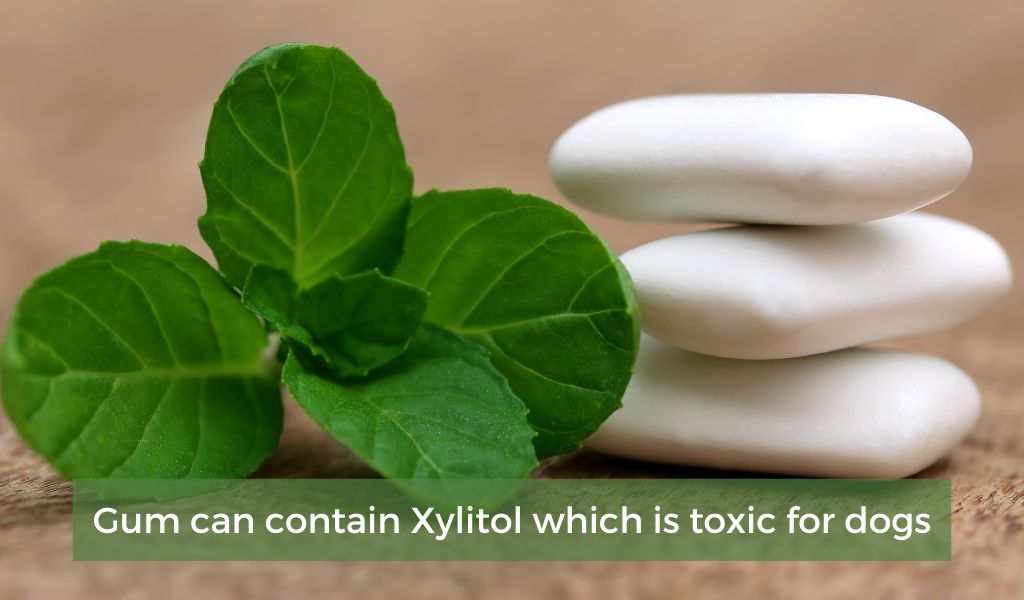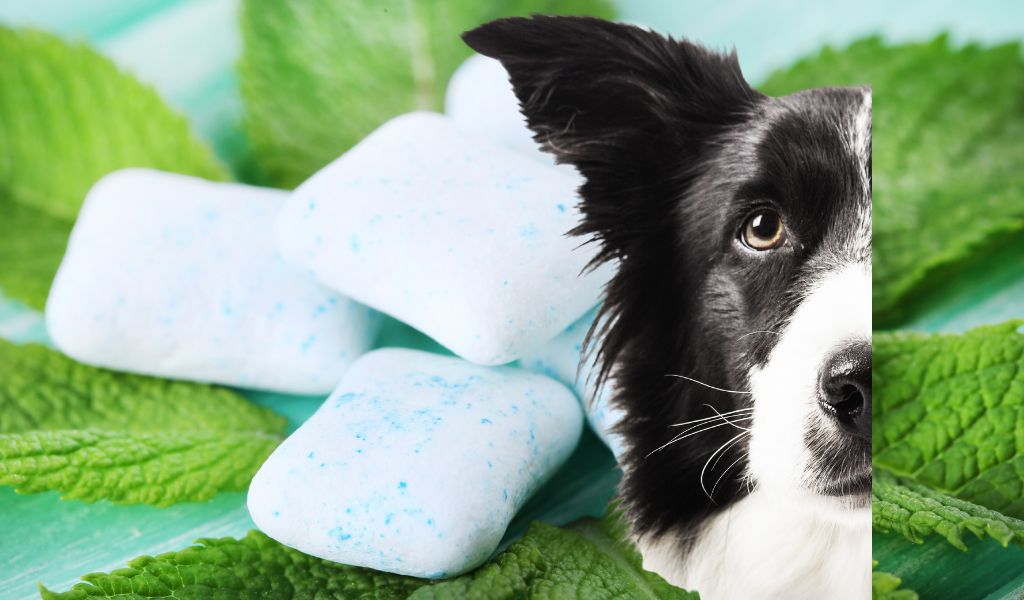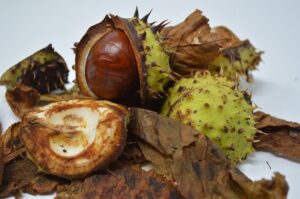Dogs are curious creatures. They’re always sniffing around and exploring their environment, often sticking their noses (and sometimes mouths) where they don’t belong.
This can lead to all sorts of problems, including eating things they shouldn’t and this can include chewing gum.
If your dog has eaten gum, don’t panic. In most cases, they’ll be just fine and will pass the gum without any issues. However, if your dog is showing signs of distress, it’s time to give your vet a call. They’ll be able to treat your dog and will put your mind at ease.
Should I be worried if my dog eats gum?
The biggest concern when a dog eats gum is the risk of choking.
If your dog is coughing or gagging, that’s a sign that they may be choking on the gum.
You need to check your dog’s mouth and airway and remove any obstruction that you find.
This will most likely involve putting your fingers into your dog’s mouth to fish out anything that you can see.
You will also need to get him to the vet as quickly as possible.
If your dog isn’t showing any signs of distress, there’s no need to rush off to the vet.
Just keep an eye on them and make sure they’re able to poop normally. Sometimes when dogs eat gum, they can get constipated.
If that happens, increase their fibre intake and make sure they’re getting plenty of water.

Things to consider if your dog eats gum
Step One: Check the Packaging
The first thing you need to do is check the packaging of the gum to see if it contains xylitol.
Xylitol is a sugar substitute that is safe for humans but toxic for dogs.
If the gum does contain xylitol, you should call your vet to get their advice as your dog could become ill very quickly.
Step Two: Wait and Watch
If the gum doesn’t contain xylitol, your next step is to wait and watch.
Dogs typically swallow gum whole, so it will take a little while for it to work its way through their system.
In most cases, the gum will eventually pass without any issues.
However, there are a few things you should be on the lookout for in the meantime, including:
– Loss of appetite
– Stomach upset
– Diarrhea
– Vomiting
– Difficulty defecating
If your dog experiences any of these symptoms, call your vet right away.
Step Three: Feed Them Fibre
To help speed up the process, you can try feeding your dog some high-fibre foods.
This will help push the gum through their system more quickly.
Good options include cooked sweet potatoes, pumpkin puree, and oatmeal. Just make sure not to give them too much or they may end up with an upset stomach.
Final Words
Chewing gum is a common occurred behaviour in many dogs.
Most of the time, this does not result in any adverse effects.
However, if you’re in any doubt about what to do then the best course of action is to always consult with your vet.
They will be able to provide you with tailored advice based upon your dog’s individual needs and health history.










